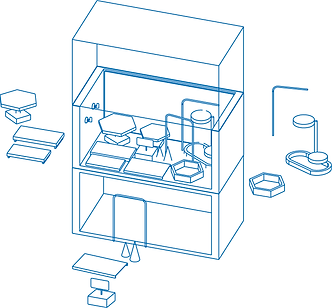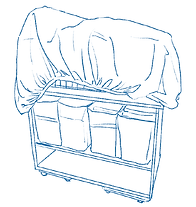
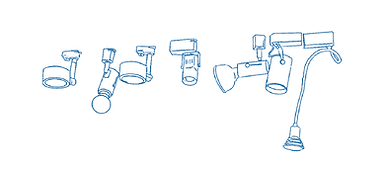


This describes a store using a variety of tools to utilise and expand new usable spaces. Tools in this group do not include large containers and furniture, but only light, small, easy-to-buy and portable accessories such as wire meshes and wheels.

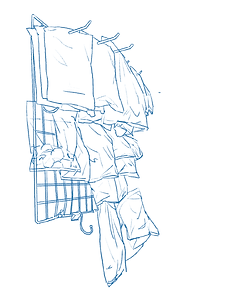
#1 Iron nets
The iron net is the most common tool. The most basic usage is to hang it on the wall. The stores in Apple Center and the booths in Argyle Center are built with iron nets and racks, which are densely laid on the walls, ceilings and doors of the stores. And these iron nets can also be used to separate space in the Apple Center where has no walls and has a narrow space.
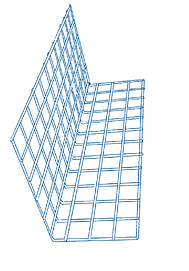

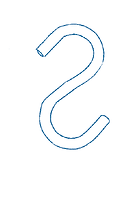
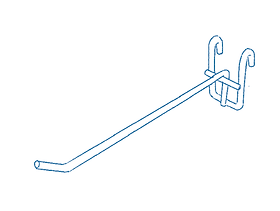
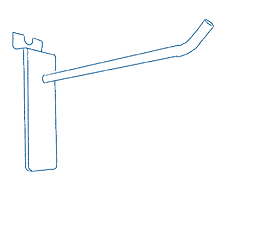


#2 Hooks
Hooks of different shapes have different uses.
The S-shaped can be easily and quickly hung and removed, but with the short length, it cannot hang too many things. In addition, the owner will also string together several S-shaped hooks and hang them on the door frame.

#2 Circle hooks
The circle shape is generally considered to be hung on the handrail or the corner of the shelf. Because of its round and closed characteristics, it can well collect a large number of goods together and will not fall off due to collision. It is suitable for storage and non-display purpose goods.

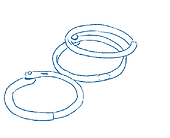
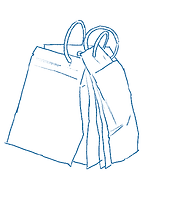


#3 Portable Lights, Fans and CCTV
Niche shopping malls do not provide hardware such as water and electricity. This is because the complete shop is divided into several small parts. It takes a lot of time or money to install the missing things so the first choice of shop owners is a variety of portable electrical appliances. Many stores focus more on cost-effectiveness than the uniformity of the overall decoration, so they will buy portable appliances of different styles
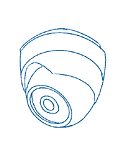

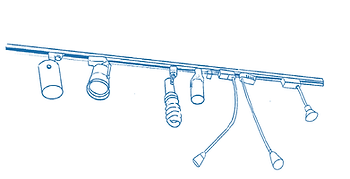
#4 Fabric and plastic bags
The configuration of niche mall stores is very limited, some stores cannot even put all the things that have extended out of the corridor back into the store. So shopkeepers use cloth or plastic bags to spread over the products and use clips to hold them in place.
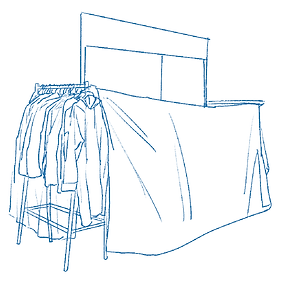


#5 Wheels
In the choice of furniture, store owners will choose cabinets with wheels or carts. Because of the limited space, many times the space for various commercial activities overlaps, such as counters and storage. Removable cabinets can help store owners temporarily vacate space while doing one thing, and then put the cabinet back in place when they're done. At the same time, many shop owners will extend their own shops out of the corridor, and when closing the shop, it is more convenient to put the furniture outside the shop.


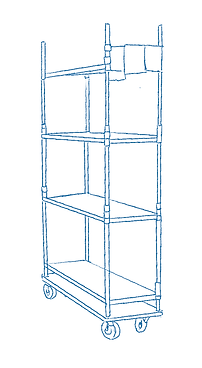
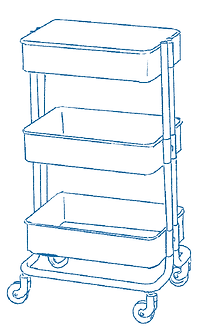

#6 Plastic/board
The function of these boards is to separate two different shops. In niche shopping malls, shop owners will extend their shops out of the corridor, so the line between shops becomes blurred without walls, so shop owners will put a board in the middle to separate the two shops again. The width of the board has also become a constraint. Even if the shopkeepers put things in the corridor, they will not exceed the width of the board.


#7 Display stairs
These stairs create a visual hierarchy that makes it easier for customers to pick up and compare items when shopping.
